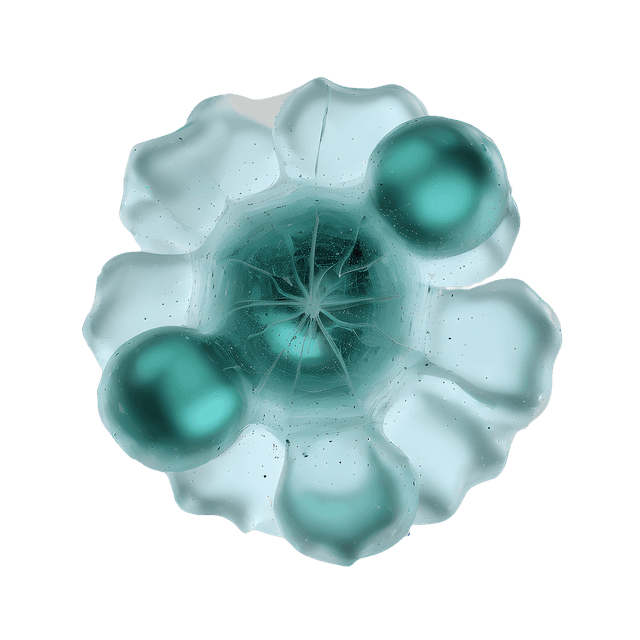Quick version
During menopause, significant hormonal changes occur, primarily affecting estradiol, progesterone, FSH, and LH. As ovarian function declines, levels of estradiol and progesterone decrease, leading to symptoms such as hot flashes and mood swings.
At the same time, FSH and LH rise sharply as a compensation for the reduced hormone production, signaling the transition to menopause. These changes can impact both the physical and emotional health of women during this period.
What happens to hormones during menopause?
Menopause is a natural part of aging for all women, but the hormonal changes that occur can feel puzzling. The symptoms and discomfort many women experience are associated with changes in four key hormones – estradiol, progesterone, FSH (follicle-stimulating hormone), and LH (luteinizing hormone).
During menopause, ovarian function gradually decreases, primarily affecting the production of estradiol and progesterone. These two hormones influence the menstrual cycle and several bodily functions, such as bone health, heart function, and mood regulation. The decline in hormone production typically occurs in two phases. The first phase, called perimenopause, can begin several years before the last menstrual period. During this phase, estradiol and progesterone levels can fluctuate significantly, leading to irregular periods, hot flashes, and mood swings.
When menstruation has ceased for at least 12 months, the phase known as menopause begins. At this stage, estradiol and progesterone levels are often very low. Meanwhile, FSH and LH levels rise as the body attempts to compensate for the reduced ovarian hormone production. These hormonal changes are central to the physical and emotional symptoms that women often experience during this period.
Estradiol during menopause
Estradiol, a form of estrogen, is the most well-known hormone affected during menopause. It is primarily produced in the ovaries and is crucial for regulating the menstrual cycle. Additionally, it plays important roles in maintaining bone health, supporting heart function, and preserving skin elasticity. As menopause approaches, estradiol production gradually decreases, leading to well-known symptoms like hot flashes, night sweats, vaginal dryness, and mood changes.
During menopause, estradiol levels drop significantly. In perimenopause, estradiol levels can vary between 120–1,000 pmol/L depending on the stage of the menstrual cycle. After menopause, levels are often significantly lower, with test results commonly showing concentrations below 100 pmol/L.
Progesterone during menopause
Progesterone plays a central role in preparing the uterus for pregnancy after ovulation. During perimenopause, as ovulation becomes irregular and eventually stops, progesterone production decreases. This can cause irregular bleeding before menstruation ceases completely. The imbalance between estrogen and progesterone can also contribute to mood swings and sleep disturbances, which many women struggle with during menopause.
Before menopause, progesterone levels fluctuate greatly during the cycle, ranging from low concentrations of below 3 nmol/L in the follicular phase to levels as high as 20–80 nmol/L after ovulation. After menopause, levels remain consistently low, typically below 1.5 nmol/L.
Follicle-stimulating hormone (FSH)
FSH is responsible for stimulating the ovaries to produce eggs during the menstrual cycle. As ovarian function declines during perimenopause, levels of FSH rise significantly as a sign that the body is trying to compensate for the reduced ovarian function. High FSH levels are therefore a clear marker that a woman is entering or is in menopause.
FSH levels rise sharply as ovarian hormone production declines. During perimenopause, FSH can range between 10–30 IU/L, and after menopause, it can rise to over 30 IU/L, often reaching 50–100 IU/L or higher.
Luteinizing hormone (LH)
LH, which is also important for ovulation, works with FSH to regulate the menstrual cycle. As estrogen levels decline during perimenopause, LH levels also rise, indicating a transition to menopause.
LH levels also increase during menopause. In premenopausal women, LH levels vary between 2–15 IU/L depending on the stage of the cycle. After menopause, LH levels are elevated, typically ranging from 15–40 IU/L or higher.
Scientific insights on hormonal changes during menopause
Research has shown that these hormonal changes not only affect the menstrual cycle but can also have far-reaching effects on women's health. Lower levels of estradiol, for example, have been linked to an increased risk of osteoporosis and cardiovascular diseases. According to a study in The Journal of Clinical Endocrinology & Metabolism, this decline in estrogen plays a key role in these health risks for postmenopausal women.
Hormonal balance during menopause?
Many women feel powerless during menopause, but there is help and treatment available. By testing your hormone levels, you can gain valuable insights and open up the possibility of improving your well-being. Through blood tests, you can measure levels of estradiol, progesterone, FSH, and LH to better understand where you are in the transition. These tests can be performed by a healthcare provider or through self-testing at well-stocked pharmacies or various online providers.


























